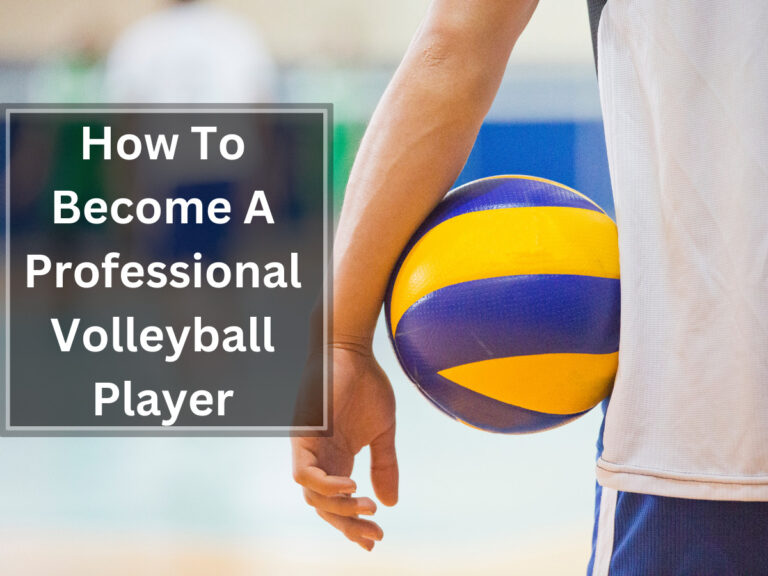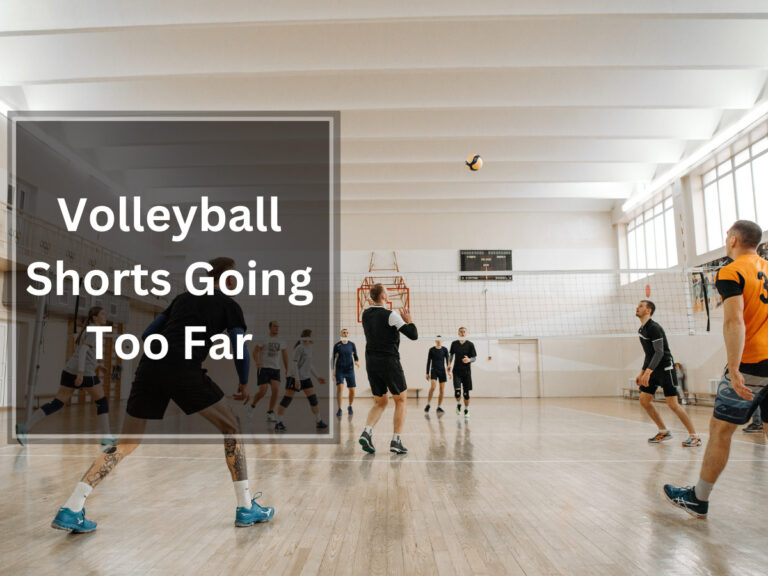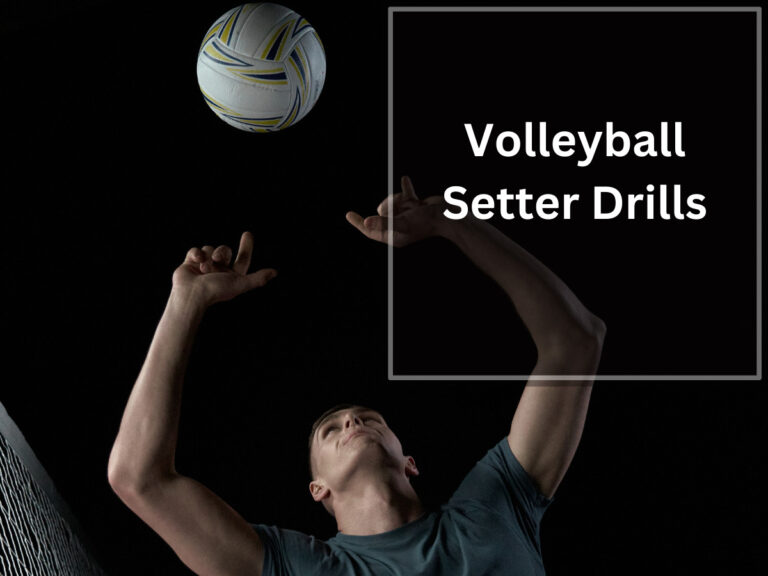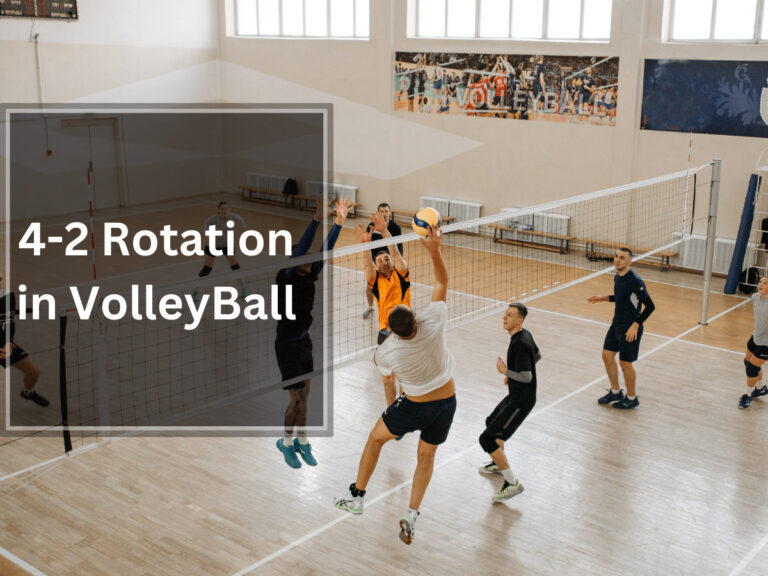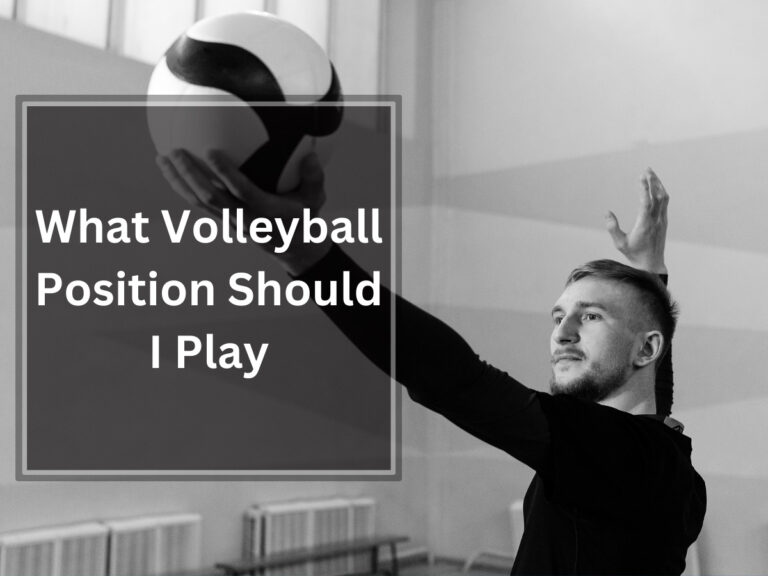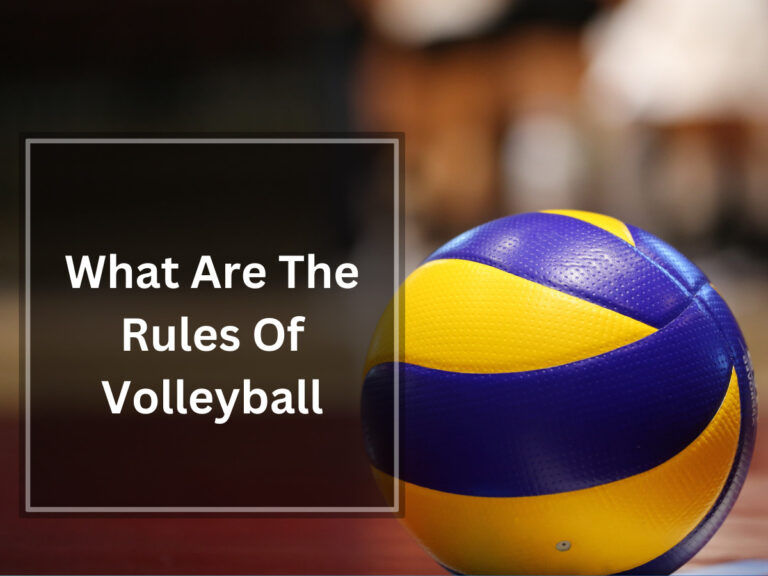Average Volleyball Player Height – Impact of Height on Performance
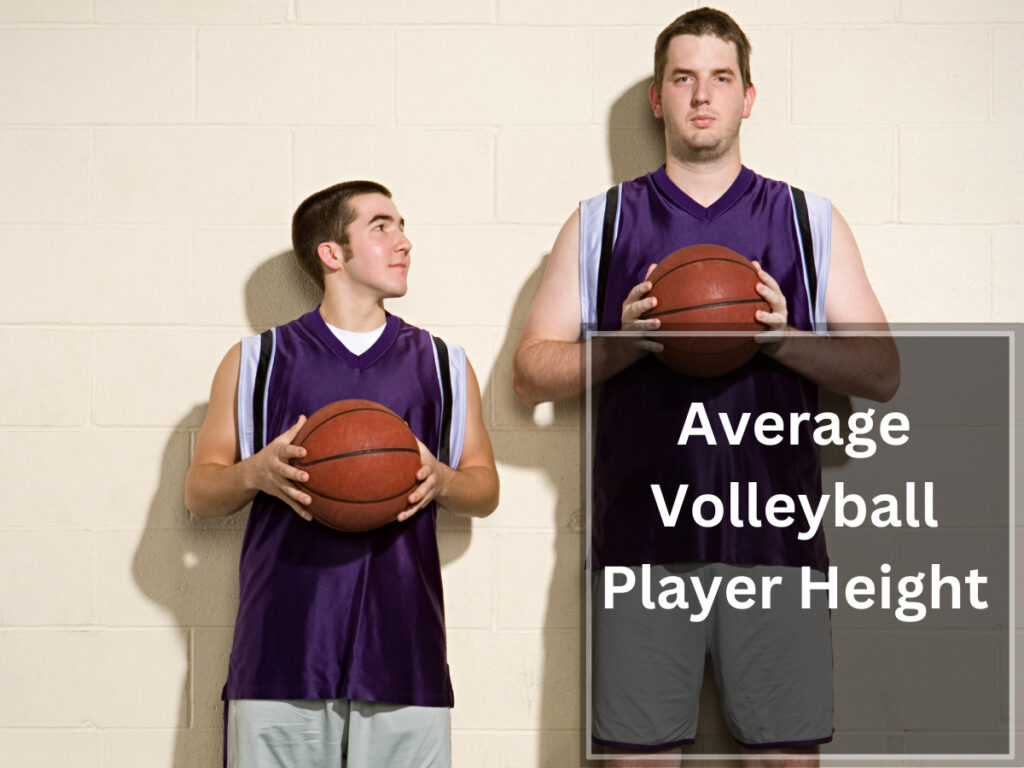
Imagine stepping onto a volleyball court, feeling the rush of adrenaline as you prepare to serve that winning shot. But wait, have you ever wondered how your height might impact your performance in the game?
In this article, we’ll explore the average heights of male and female volleyball players and how it influences their positions on the court.
So whether you’re towering over the net or standing at a more modest stature, get ready to discover how height plays a role in the exciting world of volleyball.
Table of Contents
What is the Average Height in Volleyball
The average height in professional volleyball can vary depending on the position played. Generally, taller players are preferred as they have an advantage in reaching and blocking the ball at the net.
In men’s volleyball, the average height is approximately 6 feet 7 inches (2.01 meters), with some players standing over 7 feet (2.13 meters) tall. In women’s volleyball, the average height is around 6 feet (1.83 meters), with some players around 6 feet 4 inches (1.93 meters) tall or more. It’s important to note that these are average heights and there are successful players who may be shorter or taller than the average.
Historical Trends in Volleyball Player Heights
Historically, there have been noticeable trends in the height of volleyball players. The evolution of volleyball player height can be attributed to various factors.
One significant factor is the impact of training on volleyball players height. As athletes continue to focus on specific aspects of their game, such as strength and conditioning, it has led to an increase in overall height among players.
Additionally, genetic factors also play a role in determining a player’s height potential. Some individuals may have genetic advantages that contribute to their taller stature.
Height variations can also be observed among different volleyball leagues around the world, with certain leagues having a higher average height compared to others.
Furthermore, there are height trends seen in international volleyball competitions, where teams from different countries showcase varying average heights among their players.
Factors Influencing Volleyball Player Height
If you want to understand the factors that influence how tall volleyball players are, it’s important to consider genetics and individual growth patterns. Height can vary among players due to a combination of genetic factors and personal development.
Additionally, nutrition plays a role in height development, as proper nourishment during childhood and adolescence can support optimal growth. Training techniques focused on enhancing height, such as stretching exercises and plyometric training, can also contribute to an athlete’s potential for reaching their maximum height.
The impact of height on playing style is significant, with taller players often excelling in positions like middle blocker or outside hitter due to their ability to reach higher and cover more space on the court. However, shorter players can still thrive in positions like setter or defensive specialist by utilizing quickness and agility to their advantage.
Overall, while height is one factor that can influence player performance in volleyball, it is not the sole determinant of success; skill level, technique, mental tenacity, and athleticism all play crucial roles as well.
Average Heights of Male Volleyball Players
Male volleyball players are typically taller than the average man, with heights ranging from 196.02 cm to 197 cm (6’5′ to 6’6′). This difference in height can be attributed to various factors such as genetic factors, nutritional impact, training methods, cultural influence, and the role of hormones.
Genetic factors play a significant role in determining an individual’s height. Certain genes can influence a person’s growth and development, contributing to their taller stature. Additionally, nutrition plays a crucial role in bone development and growth during adolescence, which is when most volleyball players start their training.
The impact of training methods cannot be overlooked either. Volleyball players undergo intense physical conditioning that focuses on building strength, agility, and explosiveness. These training methods can help optimize an individual’s potential height by maximizing their bone density and muscle mass.
Cultural influence also plays a part in the average height of male volleyball players. In some cultures where volleyball is highly popular and competitive, there may be a greater emphasis on selecting taller individuals for the sport.
Lastly, hormones have a significant impact on growth spurts during puberty. The release of growth hormone stimulates bone growth and elongation during this stage of life.
Overall, while genetics and hormonal factors contribute significantly to the average height of male volleyball players compared to the general population, other factors such as nutrition, training methods, and cultural influences also play a role in shaping these heights.
Average Heights of Female Volleyball Players
Female volleyball players, on the other hand, are generally shorter than their male counterparts. While height plays a significant role in volleyball performance, there are several factors that contribute to the average height of female players.
Genetic factors: Genetics can influence a person’s height potential. Some individuals may have genes that predispose them to be taller or shorter.
Training methods: Proper training methods can help optimize athletic performance and physical development. Specific exercises can enhance skills and maximize potential regardless of height.
Nutrition impact: Adequate nutrition is crucial for growth and development. A balanced diet rich in essential nutrients supports optimal bone health and muscle growth, which can indirectly affect height.
Height and performance correlation: Taller players often have an advantage in reaching higher and covering more space on the court. This can positively impact blocking shots, spiking the ball with more force, and overall game strategy.
Height and injury risk: There is some evidence to suggest that taller athletes may be at a higher risk for certain types of injuries due to increased stress on joints and ligaments.
Understanding these factors helps us appreciate the diversity within female volleyball players’ heights while recognizing that success in the sport is not solely determined by height alone.
Height Disparities Among Volleyball Positions
The height disparities among different positions in volleyball can have a significant impact on the effectiveness of players on the court. Height plays a crucial role in various aspects of the game, including blocking, spiking, covering the court, and vertical jump.
Taller players often excel in front row positions such as middle blocker or outside hitter due to their ability to reach higher and hit with more force. On the other hand, shorter players can still succeed in volleyball by utilizing strategies that capitalize on their strengths, such as quickness and agility. They can thrive as liberos or setters who rely on their defensive skills and ball control rather than height.
Ultimately, while height is an advantage in certain positions, success in volleyball relies on a combination of skill, technique, mental tenacity, athleticism, and strategic play.
Height Requirements for Professional Volleyball Players
There are specific height requirements for professional volleyball players to meet. These height requirements can vary depending on the position they play. Here are some key points about height in professional volleyball:
Impact of height on volleyball performance
Taller players have an advantage in reaching higher and covering more space on the court.
Height is important for reaching, blocking shots, and spiking the ball.
Taller players tend to have a better vertical leap, which is crucial in volleyball.
Height disparities in different volleyball positions
Attackers are often taller than 198 cm (6’6′).
Receivers should ideally be taller than 190 cm (6’3′).
Middle blockers should ideally be over 201 cm (6’7′) tall.
Setters should be tall, athletic, left-handed, and have a good vertical jump.
Height and success in volleyball
Being tall can give advantages in blocking and spiking.
Shorter players can excel as setters or defensive specialists due to their agility and quickness.
Height trends in professional volleyball
The average height of male volleyball players is between 6 feet and 6 feet 7 inches.
The average height of female volleyball players is around 5’11’.
Remember that while height can provide certain advantages in volleyball, it is not the sole determining factor for success. Skill, technique, mental tenacity, and athleticism also play crucial roles.
Frequently Asked Questions
How Does the Average Height of Volleyball Players Compare to the Average Height of the General Population?
When comparing the average height of volleyball players to the general population, it’s important to note that volleyball players tend to be taller on average. Height distribution varies by position and can impact spiking, setting, and defense.
Are There Any Height Restrictions for Playing Volleyball at the Amateur or Recreational Level?
There are no height restrictions for playing volleyball at the amateur or recreational level. While height can have an impact, shorter players can still succeed with their agility and skills. Both tall and short players have advantages and disadvantages in the sport.
How Does Height Impact a Player’s Ability to Excel in Different Positions on the Volleyball Court?
Height can impact your ability to excel in different positions on the volleyball court. Taller players have an advantage in blocking and spiking, while shorter players may be quicker and more agile for defensive strategies and setting skills.
Can Shorter Players Still Be Successful in Volleyball, or Is Height a Limiting Factor?
Yes, shorter players can still be successful in volleyball. Skill development, tactical strategies, jumping ability, speed and agility, and mental toughness are more important than height alone.
Are There Any Advantages or Disadvantages to Being Taller or Shorter in Volleyball, Other Than Reaching and Blocking?
In volleyball, being taller can give you advantages in reaching and blocking. However, being shorter can provide benefits like agility and quickness. Strategy, athleticism, and skill are more important than height alone.





